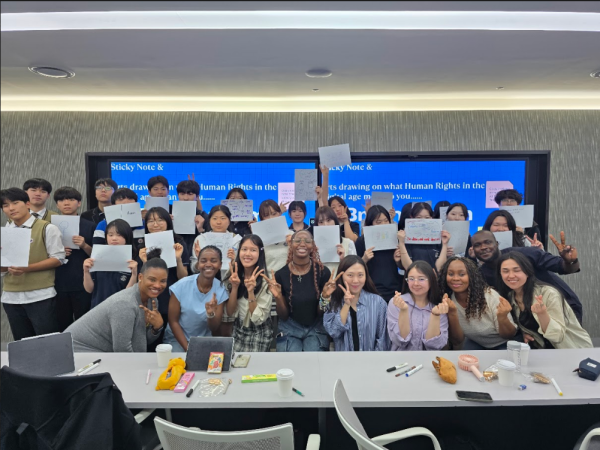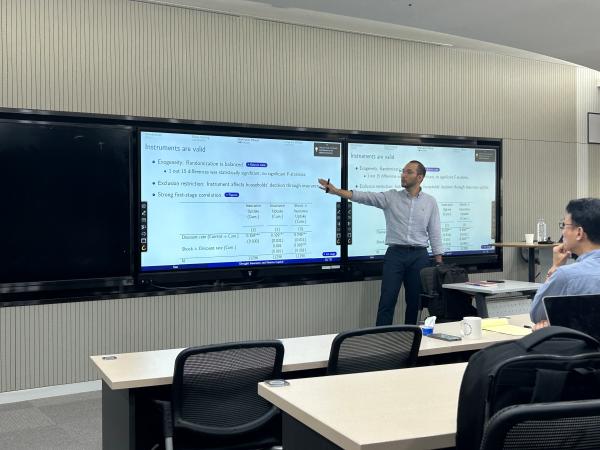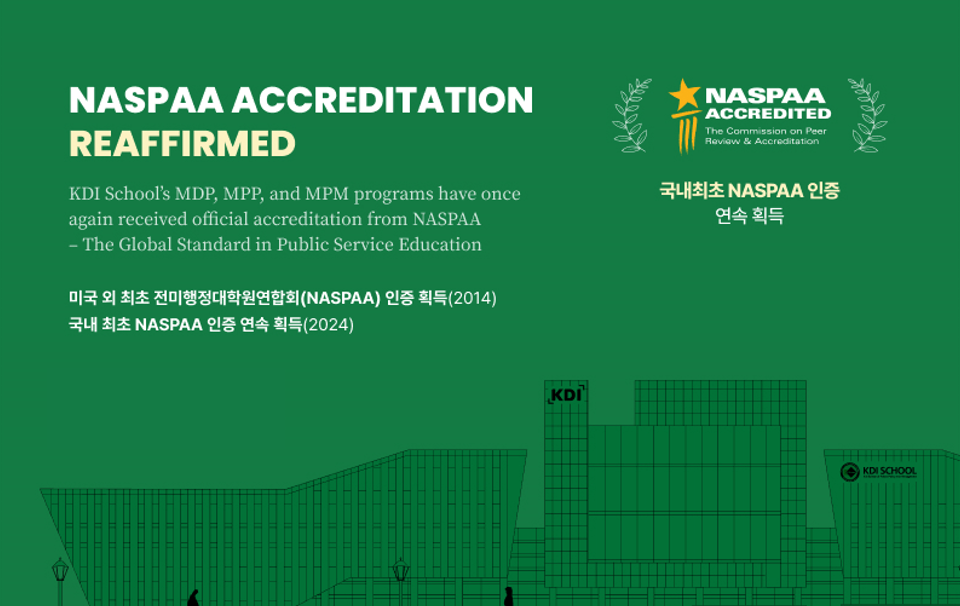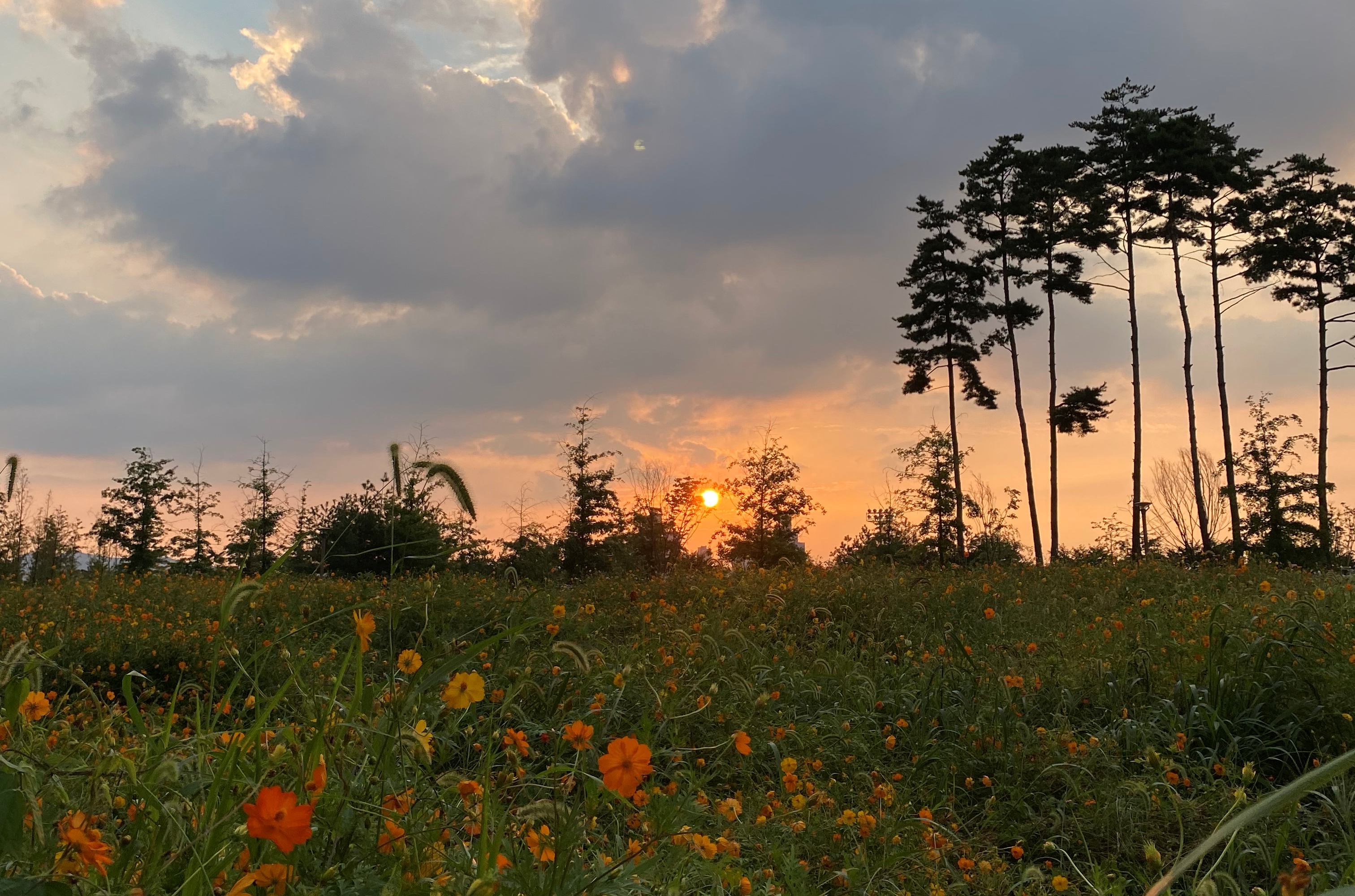
[GIB INSIGHTS] Closing the Divide: Policy strategies for Quality and Inclusive Education in Ghana
- Date 2025-01-07 16:46
- CategoryResearch and Education
- Hit1720
1. Executive Summary
‘‘Education is the most powerful weapon which you can use to change the world’’ –Nelson Mandela. This timeless truth underpins the needed attention for the world, Ghana nonetheless, to pursue equitable and inclusive education as a cornerstone for sustainable development. Been aware of its transformative power, the United Nations adopted Sustainable Development Goal 4 (SDG 4): Ensure inclusive and equitable quality education and promote lifelong learning opportunities for all, as a roadmap to achieving a just and prosperous future for people.
In Ghana, significant strides have been made, particularly through policies like Free Senior High School (SHS), which have improved enrollment rates and widened access. However, the major obstacles and disparities in access, quality, and inclusion, especially for girls, children in rural areas, and students with disabilities remains very challenging. This barrier has created an educational gap that undermines national development. Thus, while free education has opened doors for a growing number of students, the quality of learning behind those doors remains a pressing concern.
Addressing these challenges requires a multifaceted approach that includes improving teacher training, enhancing school infrastructure and engaging communities in the promotion of inclusive education. Only through such comprehensive efforts can Ghana hope to realize the full potential of its quality and inclusive education goal, and ensure that all children, regardless of their abilities, have access to quality education. This policy report will discuss policy strategies Ghana can adopt to ensure improvement in quality and inclusive education.
2. Background and Challenges
The present education system in Ghana runs from Basic school education to tertiary education. The Basic school is categorized into primary school education which spans for six (6) years, junior high school with a timeframe of three (3) years, and secondary school education for three
(3) years. Lastly, a university/tertiary education between three (3) to six years (6) depending on the specific programme of study been offered.
2.1 Quality Education in Ghana
Ghanaian education is centred on providing a holistic and quality approach to education by creating well-balanced individuals with the requisite knowledge, skills, values and attitudes needed for the purpose of self-growth and for the socio-economic development and political transformation of the country (Adu-Agyem, & Osei-Poku, 2012). However, a study by these researchers indicated that the lack of adequate teaching and learning materials, poor infrastructural facilities, low number of well-motivated and committed teachers owing to unattractive salaries and conditions of service, inadequate number of trained and well- motivated teachers to promote quality education are some of the many factors militating against quality education in Ghana.
2.2 Inclusive Education in Ghana
In Ghana, the growing number of inclusive education (IE) initiatives has enabled learners with disabilities to pursue both pre-tertiary and tertiary education. Ghana has implemented and adopted two (2) IE policy approaches. The first strategy involves a clear government policy commitment to expanding access to education for everyone, with a particular focus on marginalized groups such as girls, women, and persons with disabilities (PWDs). This commitment is outlined in all Education Strategic Plans (ESPs) (Ministry of Education, 2018a, 2003). The second strategy focuses on poverty reduction initiatives, including the capitation grant, which provides free primary education for all. Additional programs, such as school feeding schemes and the free school uniform initiative, aim to support children from low- income households by addressing barriers like hunger and the inability to afford uniforms, ensuring no child is excluded from education (Akyeampong, 2010; Nkrumah & Sinha, 2020a, 2020b). Sadly, despite these policy efforts, economic and social challenges persist for children with disabilities. For example, in 2015, only 0.6% of the total recurrent education budget was dedicated to inclusive and special education (Ministry of Education, 2018a). Additionally, children with disabilities face a significantly higher risk of dropping out after completing primary school, with those who have visual impairments being particularly disadvantaged (Asamoah et al., 2018).
3. Policy Recommendations for Closing the Divide
3.1 Expanding Access
The Government of Ghana can build and upgrade educational infrastructure by constructing schools in underserved rural and peri-urban areas to minimize long travel distances for students. Also, the government can renovate and expand existing facilities to accommodate increasing enrolment rates, particularly under the Free SHS (Senior High School) policy. Additionally, community-based initiatives must be launched to locate and support children who are out of school, helping them reintegrate into the education system and ensuring no child is left behind.
3.2 Enhancing Quality
The government in partnership with the Ministry of Education should pass policies to develop a comprehensive framework for continuous professional development, focusing on education practices, specialized training for teachers in STEM fields and for addressing special education needs. Most importantly, teaching curriculum should be modernized such that it aligns with 21st-century skills such as critical thinking, problem-solving, and digital literacy.
3.3 Improve Teaching and Learning Facilities
The Government, in collaboration with the Ghana Education Service, should see to the provision of adequate teaching and learning materials such as textbooks, stationery, computers, televisions, tape recorders, overhead and LCD projectors. Again, they can develop and implement nationwide e-learning platforms with offline capabilities for students in remote areas.
3.4 Fostering Inclusion
There should the implementation of inclusive education policies which mandates universal accessibility in schools by installing ramps, creating special needs classrooms, and providing assistive technologies for students with disabilities. Also, there should be balance and checks to ensure that teacher training includes modules on inclusive education to reduce stigma and foster understanding. Most importantly, girl child education should be promoted through the provision of scholarships, free sanitary products, and mentorship programs to encourage girls to remain in school, especially in STEM disciplines.
3.5 Strengthening Governance and Funding
The government should encourage close collaboration with private companies and non- governmental organizations to secure funding for infrastructure, provide teaching materials, and expand educational initiatives. For example, private firms could sponsor digital learning tools, while NGOs could focus on teacher training in underserved areas.
References
Adu-Agyem, J., & Osei-Poku, P. (2012). Quality education in Ghana: The way forward. International Journal of Innovative Research and Development, 1(9), 164-177.
Ministry of Education (2018a). Education strategic plan 2018–2030. Ministry of Education. https://www.globalpartnership.org/content/education-strategic-plan-2018 2030-ghana
Akyeampong, K. (2010). 50 years of educational progress and challenges in Ghana. Create Pathways to Access Research Monograph No. 33. http://www.create-rpc.org
Nkrumah, B. R. & Sinha, V. (2020a). Widening participation in higher education in Ghana and Tanzania: Developing an equity scorecard. Review of Education, 8(3), pp. 733–764. https://assets.publishing.service.gov.uk/media/57a08c0ee5274a27b2000
Nkrumah, B. R. & Sinha, V. (2020b). Revisiting global development frameworks and research on universal basic education in Ghana and Sub-Saharan Africa: A review of evidence and gaps for future. Review of Education, 8(3), pp. 733–764. https://doi.org/ 10.1002/rev3.3205
Visit 2024 Global Issue Brief Insights: Policy Lecture Series Website [[CLICK HERE]]
Related News
-

Research and Education10 days ago
Republic of Korea Economic Bulletin, July 2025#KDI #Economic #KDISCHOOL #kdischool #Economic Bulletin #Research
-

Story13 days ago
Summer 2025 Talent Donation Program: KDIS Forums Host Sejong High School Students#KDISCHOOL #KDIS #student #talent donation #student forums #student clubs
-

Research and Education14 days ago
Research Seminar by Hyuk Harry Son from Utrecht University


